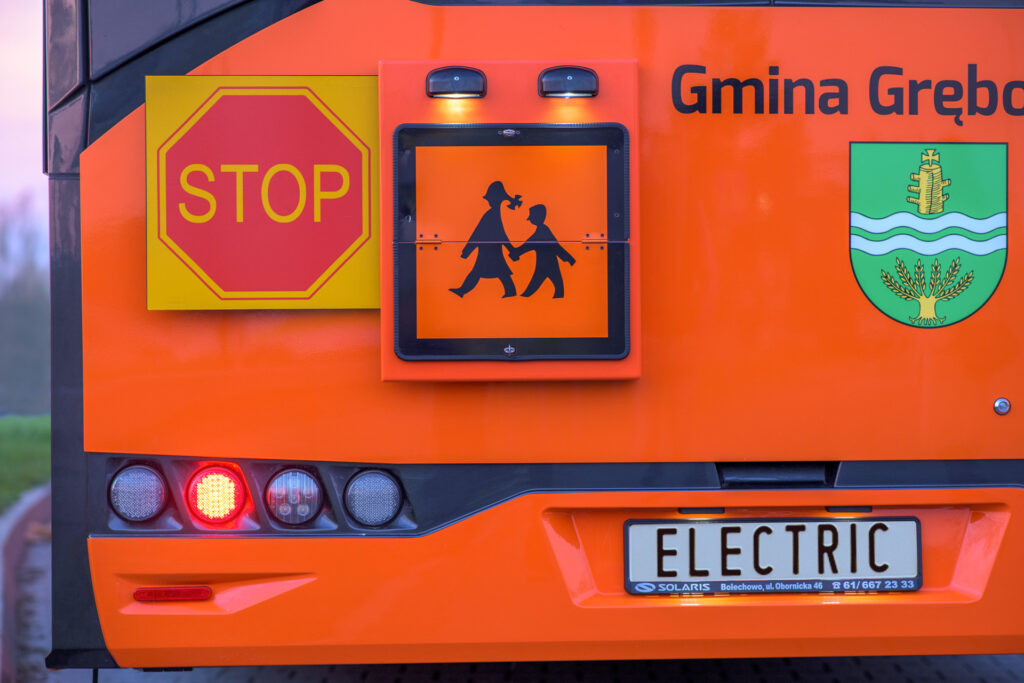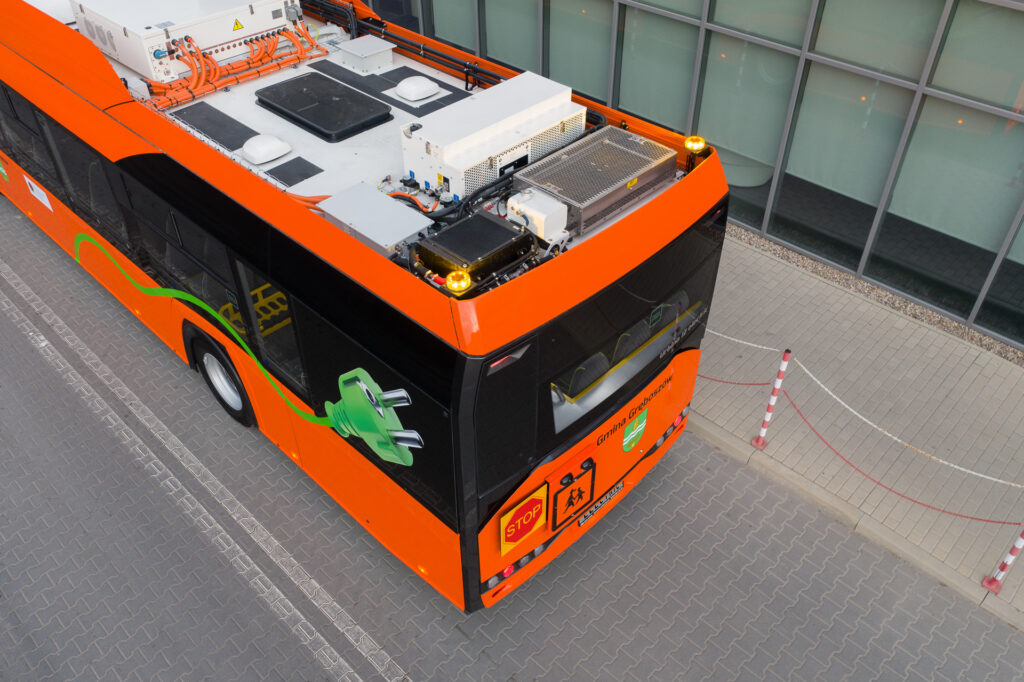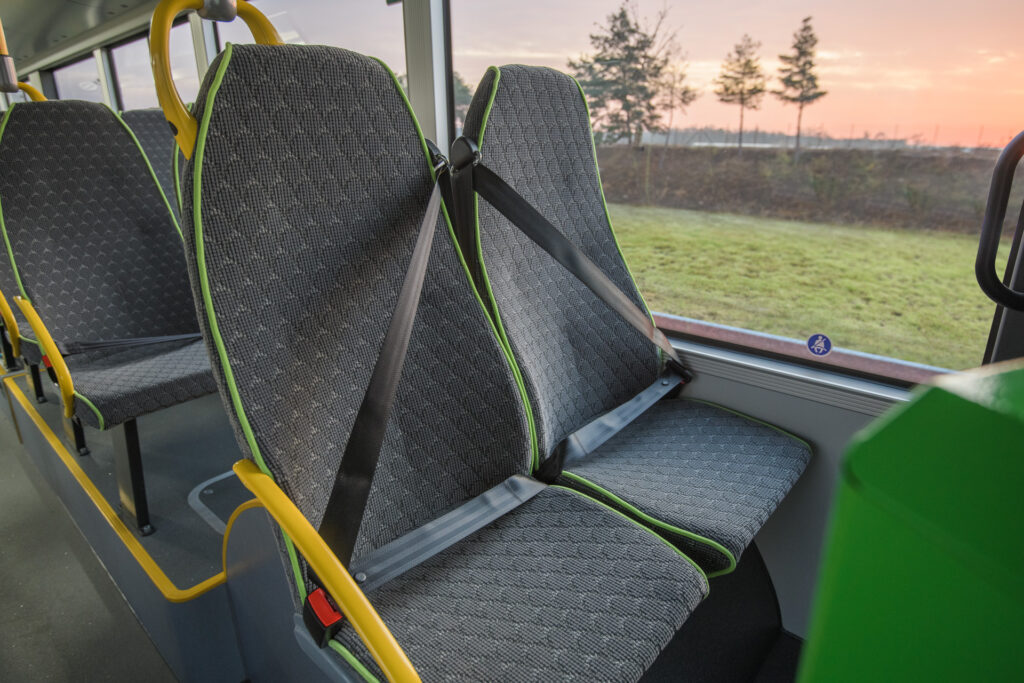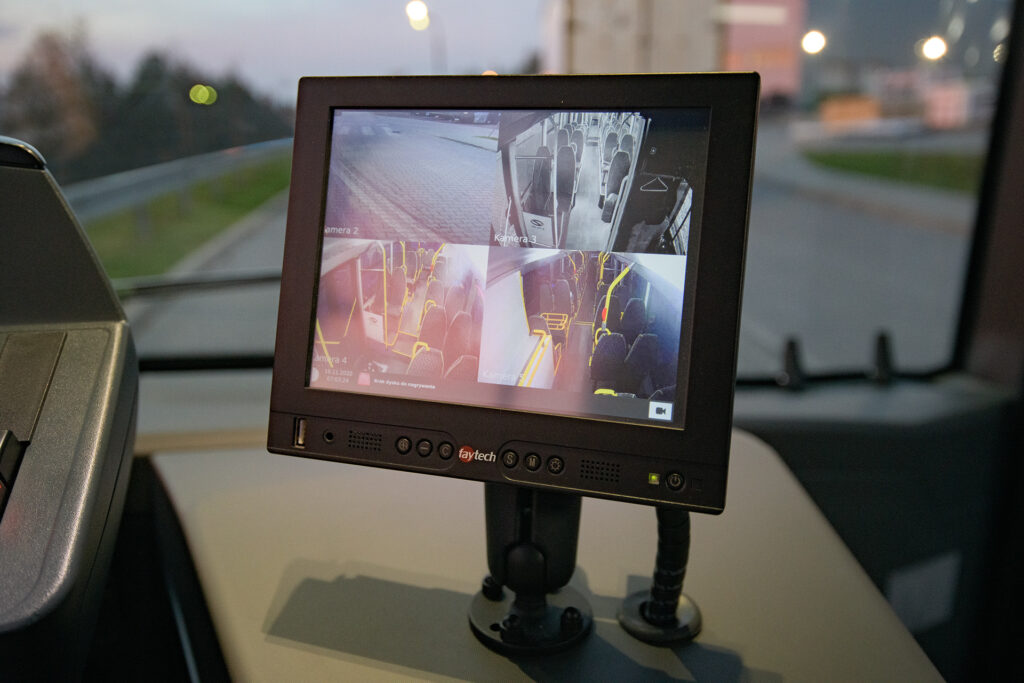UITP: 140 years of mobility and one question that remains as relevant as ever
Before the Summit in Hamburg begins, it is worth taking a closer look at what UITP is.

Take an electric bus to school – and beyond
For many parents, getting their children to and from educational institutions is a logistical challenge. It is public transport that plays central role in getting young people in and out of school in many countries. A growing number of pupils take all-electric buses to school, helping to keep the air in their local area cleaner. While school buses are an important part of millions of children’s lives, they are also a vital contributor to their health and the health of the communities in which they live.
However, the manner in which buses are used to transport schoolchildren is different around the world. In some areas of the globe, students use city public transport lines, in other places transfer by buses is arranged for students specifically, and still, in other countries there are custom school buses that are owned and operated by the school system.
The IDTechEx report ‘Electric School Buses and Midi Buses 2019-2039’ reveals that the electric school bus market stretches from Dubai to New Zealand and will reach USD 6.9 billion by 2029, and will grow rapidly in the following years.

School buses around the world – the norm or the exception?
The most recognised image of school buses in Western culture has been the yellow buses operating in the USA. This unique colouring follows a set of regulations in the United States. Yellow school buses have priority in traffic during embarkation and disembarkation of students.
In most European countries, however, the use of dedicated school buses has not been such a matter of course. In Germany, for example, pupils commute to school by scheduled trains and buses at times aligned to school hours, which they, however, also share with other travellers. In contrast, on routes outside urban areas, students are often transported in special buses designed exclusively for schoolchildren. These vehicles are then marked with the word ‘Schulbus’ against a yellow background.
The Italian school transport system is very similar to the American one. The buses run on fixed routes and stop at specific points. They are also usually painted yellow or orange.
In Spain, school buses are not distinguished by colour in any particular way. Instead, the public authorities guarantee free bus transportation to pupils on special buses that are usually rented by the schools themselves. The front these vehicles bears a V-10 sign (‘Transporte Escolar’, School Transport) informing about the obligation and necessity of taking precautions.
In Poland school buses are used in a similar way as in the United States – to transport residents of small towns attending schools located further away.
Although officially called school buses, they are commonly referred to as ‘gimbuses’. Like their American counterparts, they have several design features that distinguish them from standard public transport. For one thing, all school buses are painted orange. Inside, the driver’s compartment must not be separated from the passenger compartment. The rear doors, if present, must be kept shut by the driver. In addition, all doors shall automatically lock if the vehicle speed exceeds 5 km/h.

The impact of buses on your health
When it comes to choosing how to get around, using public transport continues to be one of the best solutions for the environment. This, however, does not mean it is the perfect solution. As reported by The Lancet Planetary Health, numerous studies have shown that pollution and particulates emitted by fossil fuel vehicles exacerbate asthma and other respiratory diseases in children. Despite the dangers of diesel exhaust, most of the buses that children take to school every day are technically still diesel buses. Fortunately, there are better off-the-shelf solutions on the market today.
Electric school buses do clear up the atmosphere
Children deserve to be breathing clean air and have a healthy future, with electric school buses being a great way to achieve these goals. The European Union has set itself the ambitious goal of becoming a climate-neutral continent by 2050. Electric school buses, which emit no harmful substances at the point of use, are an important step towards a healthier future.
Typically, school buses have relatively short routes to cover and plenty of time to stop at parking lots during either the day or night. That is yet another argument for the electrification of school transport. Running electrified can give school buses enough time to fully charge with a standard plug-in, for example, reducing the overall cost of building a charging infrastructure for schools. Research published by the Sierra Club, an environmental advocacy body, has shown that electric buses, with significantly lower operating and maintenance costs, have lower lifetime costs compared to diesel and CNG buses.

Programmes for promoting the implementation of electric buses
Although the overall ownership cost is much more favourable with electric vehicles, the initial price of a battery bus is still relatively high. Therefore, funding programmes are being set up to subsidise and encourage local authorities to invest in electrification, making a difference to the air quality around children. For example, California’s Hybrid and Zero-Emission Truck and Bus Voucher Incentive Project (HVIP) can provide up to $235,000 towards the purchase of an electric school bus. In Poland, in turn, funding for the purchase of battery-powered school buses is provided by the programme: ‘Kangur: Safe and Environmentally Friendly Road to School’, run by the National Fund for Environmental Protection and Water Management.
Time for electric school buses in Poland
The market for electric school buses has been flourishing in Poland over the last few months. More than ten Polish municipalities have already decided to purchase electric school buses. Most of them have or will soon be using Solaris e-gimbuses. Poland’s first electric school bus was delivered at the end of 2020 and was manufactured by Solaris.
The company has adapted its flagship, 12-metre-long electrical powered bus for the purpose of constructing the first school bus in Poland. The orange Urbino 12 electric school buses include marking on the front and rear of the vehicle to inform other road users that the vehicle is carrying children. Orange signal lights are mounted on the roof at the rear, and switch on automatically when the bus doors are opened. All seating areas have also been fitted with seat belts. Like most battery-powered Solaris buses, school buses are provided with complementary measures to increase the safety of all road users: driver support systems and sound alert systems. The buses are also adapted to transport passengers with disabilities.

The electric future
Rechargeable vehicles reduce both local and total emissions, ultimately helping everyone breathe easier every day. Many cities that have already begun the process of replacing their school and transit buses with electric fleet are seeing this as a positive change. A study conducted in 2020 by the U.S. PIRG evaluated school and transit bus electrification projects. The study found that ‘in most locations where they have been tested, in a variety of climates and terrains, electric buses have met or exceeded expectations, often providing significant cost savings.’ School buses are an important part of measures taken to address the issue of air quality in local communities. Their inclusion in the development plans of local municipalities and cities is recommended as a permanent, essential element of the relevant synergies in providing modern, environmentally friendly means of transport for children.
Before the Summit in Hamburg begins, it is worth taking a closer look at what UITP is.
Learn more about the changes introduced by GSR2 and how they contribute to protecting all road users.
BRT in Aalborg: the city's solution for enhancing urban transport – what makes it so effective?